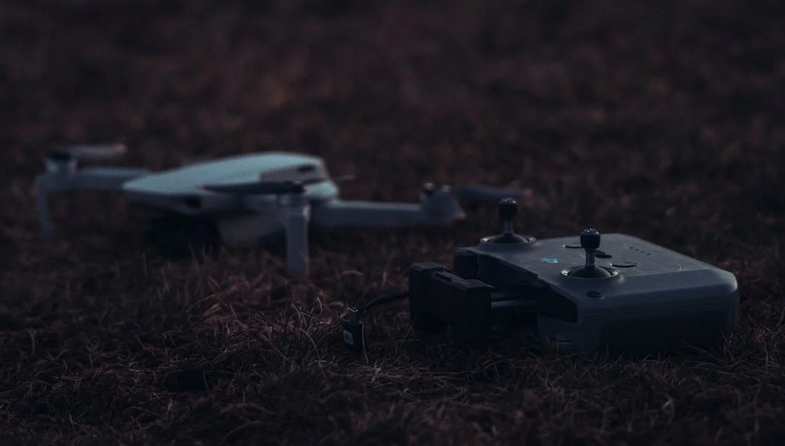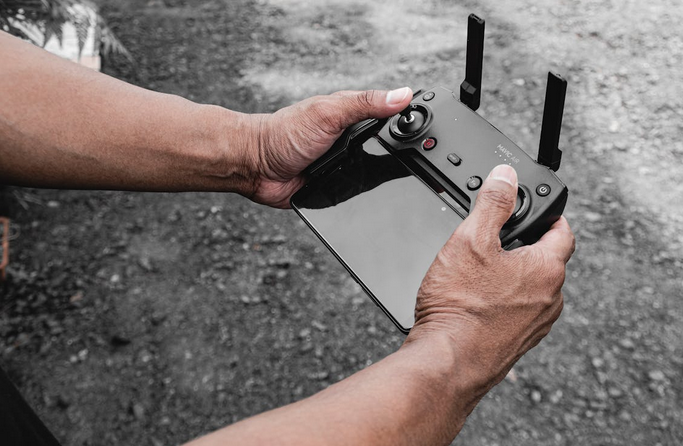
The industrial needs for drones are expanding, and so are the options for powering them. Industries like 3D mapping, surveying, agriculture, and construction are increasingly using drones to capture data, perform inspections, and map large areas. But when it comes to powering these drones, there are two options: tethered drones and battery-powered drones.
How to tether a drone and what are the differences between tethered drones and battery-powered ones? Basically, tethered drones are connected to a ground power source through a cable, allowing them to stay in the air for extended periods. When it comes to choosing between the two, it hugely depends on the certain needs and goals of the operation. Which one is the better option for your needs? Here, we’ll show you the details of what factors make each option suitable for you.
Flight Times

Flight times? Tethered drones have a significant edge. These drones draw power directly from the ground through a cable, allowing them to stay airborne for extended periods—often several hours or even days. This makes them ideal for long-term monitoring and surveillance tasks. Battery-powered drones, on the other hand, typically offer shorter flight times, ranging from 20 to 40 minutes per charge. While advancements in battery technology are improving endurance, they still can’t match the unlimited power supply of their tethered counterparts.
Payload Capacity
But when it comes to payload capacity, tethered drones and battery-powered drones serve different purposes. See, tethered drones are often designed for heavier loads. They can carry extensive sensors or surveillance equipment without the worry of running out of power. Battery-powered drones usually have limitations based on their weight and flight time. While they can transport lighter payloads, this restricts their use in certain industries that need more significant data collection or monitoring tools.
On the other hand, tethered options draw energy from a ground source through cables. This means they can maintain high performance while carrying bulkier items over extended periods. Assessing what you plan to transport will guide your decision between these two drone types effectively.
Data Security

Now, let’s talk about data security. Tethered drones typically maintain a direct connection to the ground station via a physical cable. This setup means a boost of protection against hacking attempts, ensuring that data transmission remains secure. Battery-powered drones, while versatile in mobility, often rely on wireless communications.
This can expose them to potential vulnerabilities in their networks. Without proper encryption or safeguards, sensitive data could be intercepted during transit. Additionally, tethered drones allow for real-time monitoring and control over the connection. Operators can quickly respond to any anomalies without losing valuable data streams.
Reliability for Critical Operations
What about the use? Do they share the same reliability for critical operations? Not particularly. Tethered drones shine in this area as they receive continuous power from a ground source. This means no sudden battery failures or unexpected landings during crucial missions.
These drones can operate for extended periods without interruption. Their ability to stay airborne while connected ensures consistent data transmission and oversight. On the other hand, battery-powered drones offer mobility but come with limitations. The finite flight time poses risks in urgent scenarios where every second counts.
Wrapping up: Which Industries Benefit the Most from Each Type?

Different industries find unique advantages in each type. Tethered drones are particularly beneficial for sectors such as security and surveillance. They can maintain a constant position while providing real-time monitoring of critical areas. Their extended flight times enhance their effectiveness, making them ideal for police operations or large event security.
On the other hand, battery-powered drones excel in applications where mobility is key. Industries like agriculture benefit from their ability to cover vast fields quickly. The infrastructure sector also finds value in both types of drones. Tethered models support ongoing inspections at power plants or bridges without worrying about running out of battery mid-operation. Meanwhile, battery-powered variants can swiftly assess larger geographical areas, gathering data on multiple sites efficiently.
